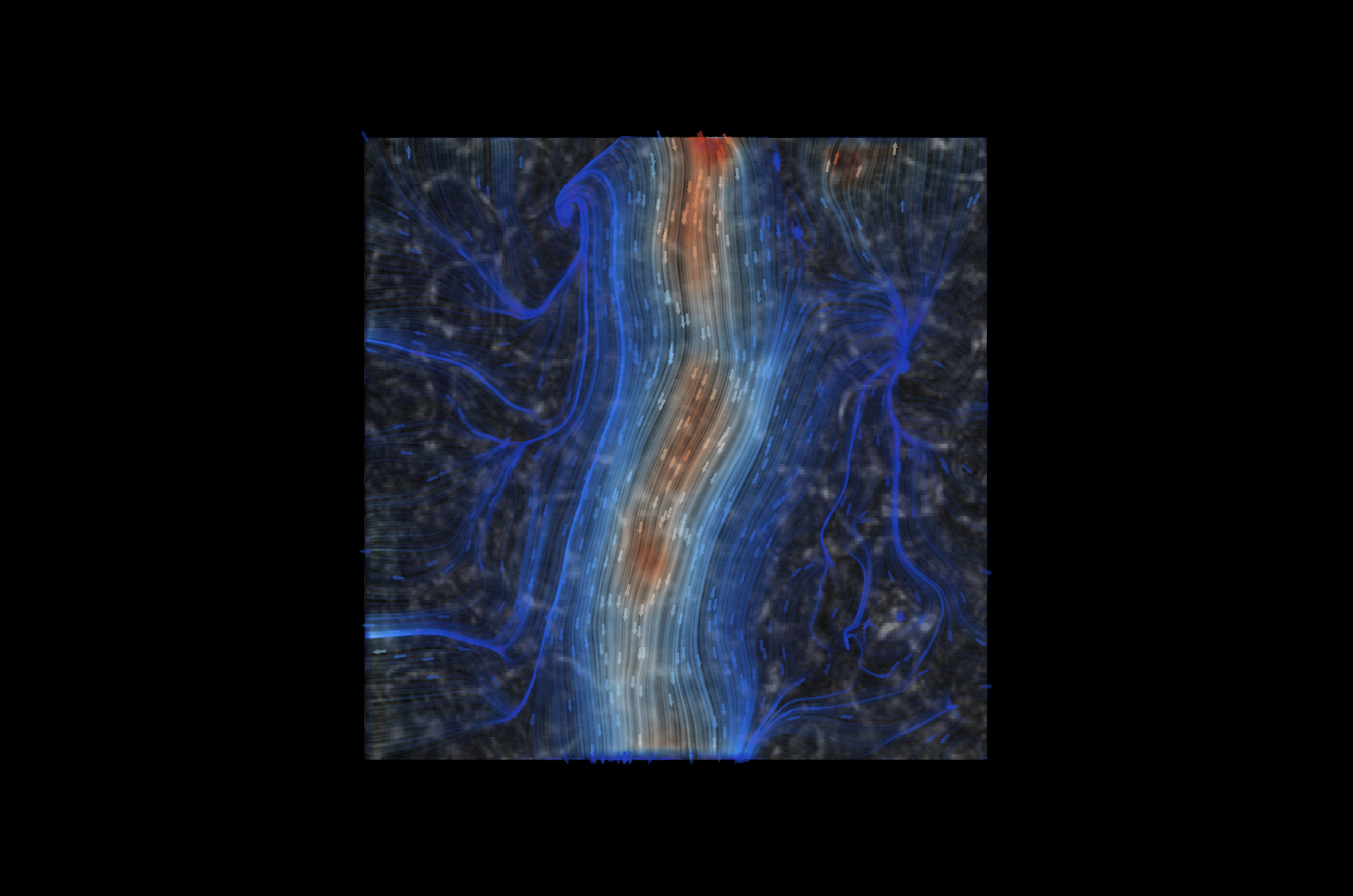Fungipods
Aaron Neumann and his colleagues from Cell and Developmental Biology found novel dorsal pseudopodial protrusions, the “fungipods”, formed by dendritic cells (red objects in the upper image) after contact with yeast cells (i.e. green blobs in the upper image).
Fungipods have a convoluted cell-proximal end and a smooth distal end. They persist for hours, and exhibit noticeable growth at the contact. Aaron Neumann et al. think that fungipods may promote yeast particle phagocytosis (i.e. process of surrounding and consuming solid particles) by dendritic cells.





